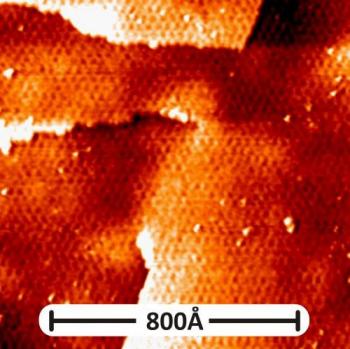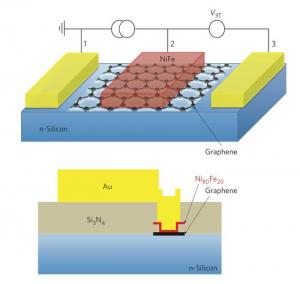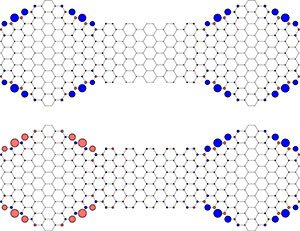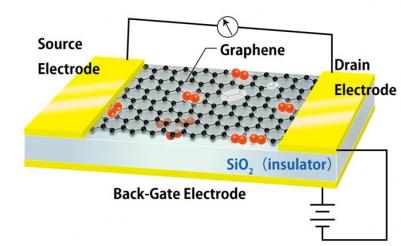Magnetic defects may be the cause of graphene's slow spin-relaxation time
Researchers from the University of British Columbia have discovered that magnetic defects may be behind graphene's slow the spin-relaxation time (which is as much as 1000 times lower in graphene than predicted).
The researchers applied a voltage between two metal contracts on a graphene sheet that was 12x4 micrometers in size, while changing the strength of a magnetic field piercing the strip. The small sized sheet was chosen because interference effects cause the current to fluctuate rapidly with the magnetic field. They analyzed those fluctuations and concluded that the primary source of electron spin relaxation is magnetic defectsâand not, as researchers have previously assumed, the spin-orbit effect.



